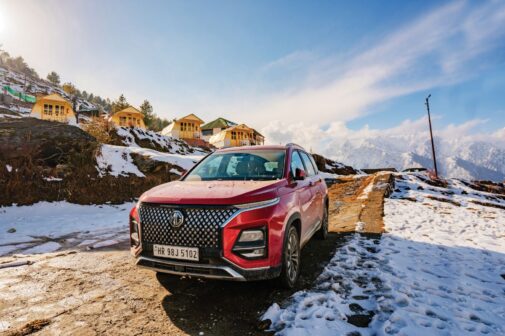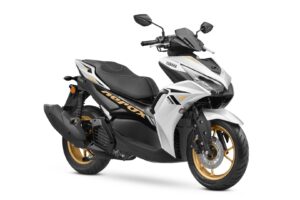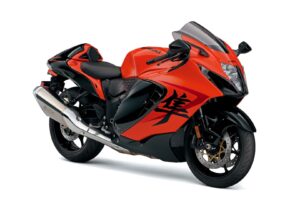Tips And Tricks
We all love our two strokes. And the reason for that is because of the sheer ethereal thrill that they provide in terms of their performance. But since two stroke motorcycle production has stopped in India, the newer generation isn’t well versed in the finer nuances of riding two strokes today. Although these smoke machines might be great fun to ride, they do have their own idiosyncrasies that need to be kept in mind. Riding them like a fourstroke is a sheer recipe for disaster.
Keeping that in mind, here are a few things to pay attention to when you’re up and about on a two-stroke.
- Oil in the petrol: The crankshaft and the piston of a two stroke gets its lubricant from the oil which is mixed in the petrol which is admitted into the crankcase through the carburettor. The older two strokes needed this oil to be premixed with the petrol within the fuel tank in a specified ratio. The more recent ones had a separate tank for the oil. In both cases, the lubrication of the crank and piston is of the total loss kind, which means that this lubricant is burned away as the engine runs. So, make sure this oil is always present. Or else, a lengthy repair bill is in the making.
- Vary the throttle: Two-strokes are notorious for seizing. This generally happens when the piston gets too hot and expands and the lubricant on the walls of the barrel burn away. It’s cool to whack open the throttle every now and then, but just don’t keep it there. The best way to ride a two stroke is to vary the throttle and shut it closed for a second or two periodically for the petrol and oil to coat the barrel, and for the fuel to cool the piston crown, while the engine is momentarily less loaded. This is especially important when one is cruising on the highway.
- Watch that plug: Two strokes are extremely sensitive to the fuel mixture quality. If the mixture is too lean, you’re going to have problems sooner than you think. Too rich and you might have to decarbonise the engine much earlier than normal. Keep the carb in fine tune so that the plug is always a chocolate brown in colour.
- Engine braking? What’s that: Four-strokes are great when it comes to engine braking. This makes riding them far easier down hilly roads. Two strokes, however don’t do so well. In fact, there have been cases where in I have down shifted only to bring the engine into the power band, ensuring that I move faster towards the hazard on the road that I had intended to avoid. Keep that in mind when you’re entering a corner hot.
- Timing is everything: Although this isn’t something to worry about with the newer two strokes that came with company fitted CDI ignitions, the fact of the matter is that oil burners are more sensitive to off-the-spec ignition timing than their four-stroke counterparts. If the timing is too retarded, piston seizure is just around the corner and if the timing is too advanced, you can be sure that the holed piston which will inevitably occur would make for a great slot to drop coins into a nifty-looking piggy bank that was an engine not too long ago.
[The article originally appeared in the September 2020 issue of Motoring World]
















